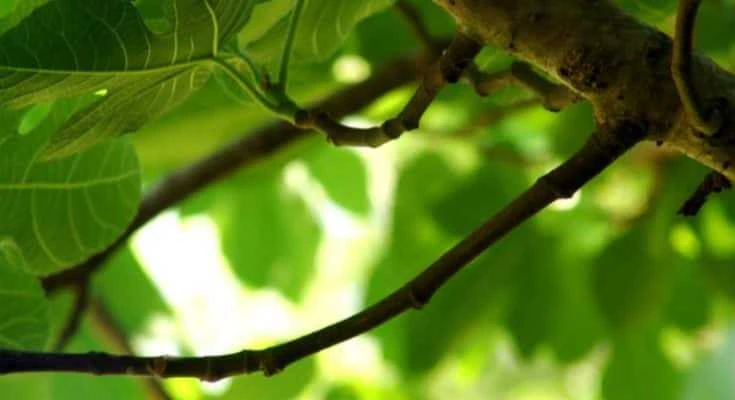Nothing is more alluring on a lawn than a well-placed shade tree to filter sunlight and canopy over picnics. Some of the best shade trees have had decades to expand their roots, as well as their foliage. But for homeowners, there are some species that produce well-developed shade trees in just a few seasons. When looking for the best fast growing shade tree to plant this spring, consider some of these favorites.
List of Fast Growing Shade Trees
Eucalyptus Tree
The Eucalyptus Tree is native to Australia where koalas often snack on its branches. It features loose, green foliage and emits its signature eucalyptus fragrance. The Eucalyptus grows quickly and can reach upwards of 100 feet in height within just 10 years.
It requires full sun itself while providing shade for its owners. Eucalyptus trees are hardy and require little maintenance, even tolerating mild drought. Consider pruning in mid to late summer to maintain a good shape. The Eucalyptus typically reaches heights of 30 to 40 feet in just three to four years.
Weeping Willow
The Weeping Willow is easily recognized by its drooping canopy of loose foliage. They grow an average of two feet per year, making them rapidly growing shade tree as long as it gets enough water. The Weeping Willow’s root systems expand nicely, making them a sturdy species as well.
These trees reach maturation around 40 to 50 feet in height and thrive in zones 6 to 8.
American Sycamore
The American Sycamore tree is native to the eastern and central United States and provides excellent shade with its dense canopy of dark green foliage. It can grow an astonishing six feet per year and reaches maturation around 60 to 70 feet in height.
Sycamore trees have expansive root systems, so take that into consideration when planting. Be sure to space them away from underground pipes and sidewalks. The American Sycamore thrives in zones 4 through 9.
Tulip Poplar
The Tulip Poplar is also called the Tulip Tree and features thick foliage, sturdy trunk, and impressive height. It can add up to 6 feet in height per year, reaching maturation around 70 feet. The Tulip Poplar thrives in full sun and needs well-drained soil. Its flower produces nectar that bees love and has been used medicinally throughout history. The Tulip Poplar flourishes in zones 4 through 9.
Crepe Myrtles
Crepe Myrtles are a southern favorite with wide canopies of foliage when properly pruned and gorgeous blooms mid-summer. To prune Crepe Myrtles into a tree with a broad canopy, prune in the late winter and early spring. This will also display the wood on the Crepe Myrtle’s impressive tree trunk.
There are dozens of varieties of Crepe Myrtles, but most them thrive in zones 6 through 10. Depending on the variety, they grow between 5 and 30 feet. For the best shade trees, consider the Muskogee Crepe Myrtle or the Natchez Crepe Myrtle, which reach between 20 and 30 feet in height when they fully mature.
The American Red
The American Red Maple is a relatively fast grower in the right conditions and can add 1 to 2 feet to its height each season. It is native to the eastern and central United States and is one of the most common trees identified in American forests. The American Red Maple can adapt to nearly any climate in the U.S.
Because of their expansive roots, space them 20 to 30 feet from other trees or structures. This maple tree variation grows very quickly and typically reaches maturation between 25 and 45 feet.
Other Considerations
When planning shade tree planting, finding a species known for its rapid growth rate may be tempting without considering other important factors for long-term success. Keep in mind that shallow roots typically produce more fragile trees.
Try to choose species variations with expansive roots that will help the shade tree withstand strong winds. No matter how quickly a tree grows, if it is uprooted a few seasons later in a storm, its planting may have been in vain.
Also, remember that tree roots are famous for disrupting nearby structures such as sidewalks and sometimes even foundations. Do not place new trees too close to the home, garden shed, sidewalks, or driveways.
I also wrote an article about fast growing evergreen trees, take a look on them as well if you are looking for some other fast growing trees.
Consider some of these tried-and-true fast growing shade trees to filter some of the sun’s direct heat and add ornamentation to the lawn.

